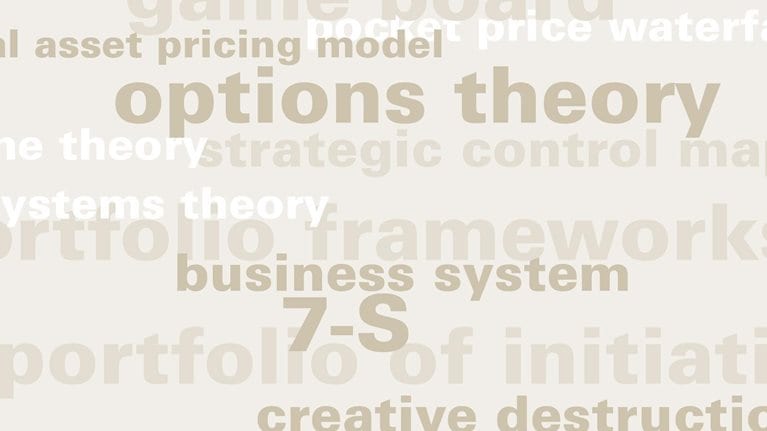The strategic control map uses market capitalization dynamics to help companies identify their biggest opportunities and threats, as well as to boost their odds of hunting for acquisition targets rather than being hunted themselves. Developed in 1996 by McKinsey’s Vijay D’Silva, Bob Fallon, and Asheet Mehta, the framework tracks the relationship between the two dimensions of market capitalization by plotting a company’s size (measured by book value) against its performance for shareholders (measured by market-to-book ratio).
Companies mapped in this way fall into four groups, each with its own challenges and corresponding strategic imperatives. The large, high-performing companies in the upper-right quadrant are the least likely to be acquisition targets. Their challenge is to maintain a strong position by pursuing fresh opportunities without watering down returns. Companies in the lower-left quadrant, the most vulnerable to takeover, must improve the performance of their existing businesses or reinvest in others and divest losers. Companies in the upper-left quadrant often possess proprietary knowledge or skills that enable them to earn high returns from intangibles. They can largely maintain strategic control unless their performance drops, making them vulnerable. Finally, if large companies in the lower-right quadrant don’t improve their performance, they could become inviting cost-consolidation targets for even-larger, better-performing industry leaders.
The enduring power of the framework lies in its ability to visualize how changes in market capitalization affect the market for strategic control. You can see at a glance which companies in a given industry are likely to be acquirers and which are likely to be acquired. When companies map their or their competitors’ performance trajectories, they can get a sense of the combination of size and performance that will enable them to remain competitive and independent.


